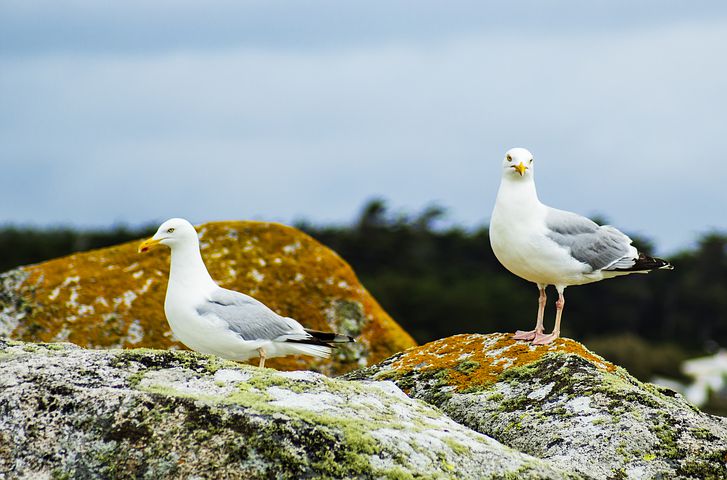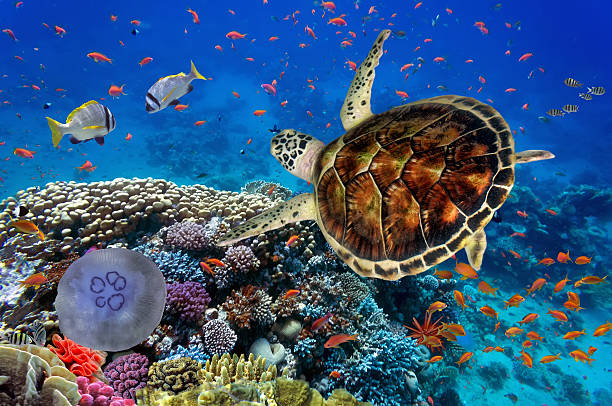The brief: biodiversity crisis

Humans have always benefited from nature’s generosity, but they don’t seem to care as much for it. It is now time to rethink this one-sided relationship. Human actions are destroying nature and causing biodiversity loss at an alarming rate. This is happening in addition to a ferocious climate crisis. However, unlike the visible climate devastation, biodiversity loss is moving silently.
How Nature works
Nature is organized with an interdependence among and between species. This makes earth habitable by providing indispensable ecosystem services. According to the UN Environmental program, in the last 50 years, the pace of change of the system has been unprecedented. More than 85 per cent wetlands have been lost, while 75% of land and 66% of oceans have been significantly altered. Consequently, up to a million species of animals and plants face extinction.
According to the World Economic Forum’s Global Risks Report 2020 biodiversity loss is one of the top four global risks in likelihood and impact. It specifically states that changes in land usage have had the biggest impact as habitats and forests are converted for agricultural purposes. Meanwhile, the loss in forest cover affects pollination patterns lowering yields of dependent crops. On the other hand, the frequency and intensity of floods, landslides and wildfires keeps surging with the weakening of biodiverse ecosystems that act as nature’s shields against environmental hazards. Moreover, expansion of infrastructure contributes to encroachment and fragmentation of wildlife habitats, creating room for the transmission of diseases from animals to humans. Outbreaks of zoonotic diseases such as like Ebola, SARS, and coronavirus highlight the link between health and environmental conditions.

Sustainable development goals and the future
The United Nation’s 2030 Agenda for Sustainable Development focuses on coordinated action that considers the impact of biodiversity loss on other socioeconomic sectors. The biodiversity-specific SDG-14 addresses “life below water” and SDG-15 “life on land”. However, these SDGs are inter-linked so failure in one, for example poverty or climate, will affect progress in the rest. A number of countries have devised national action plans under the UN’s Convention on Biological Diversity. In the meantime, the UN Environment Programme regularly produces evidence-based reports for bridging the gap between science and policy.
To get the planet back from the brink of devastation will require long-term collaborative action. The UN General Assembly has declared 2021-2030 to be the Decade of Ecosystem Restoration. The Food and Agricultural Organisation and UNEP are collaborating with governments and other stakeholders to develop plans and strategies for preserving nature. In this battle of existence or extinction, our destructive relationship with nature must end swiftly if we desire a healthy, safe and resilient human society.
